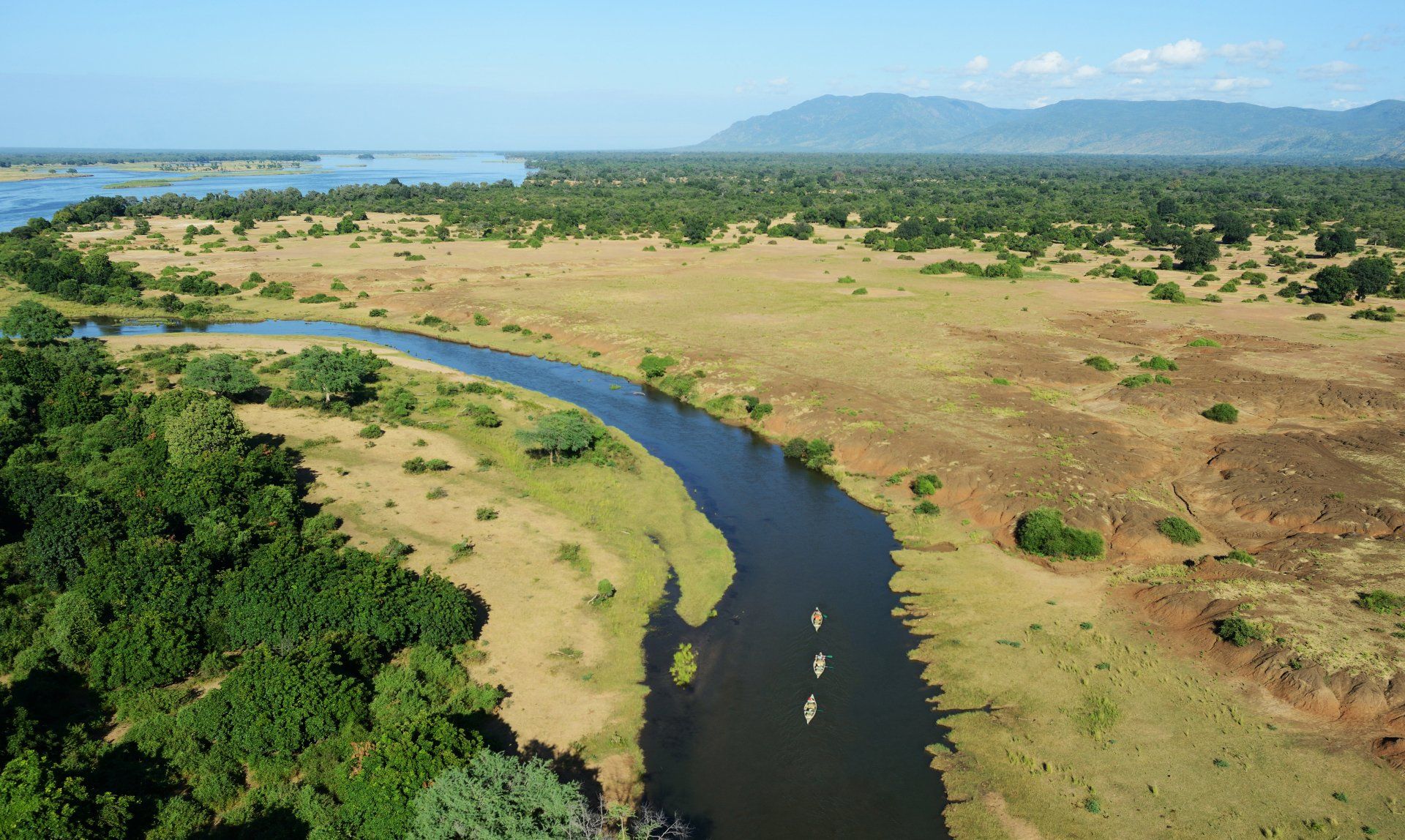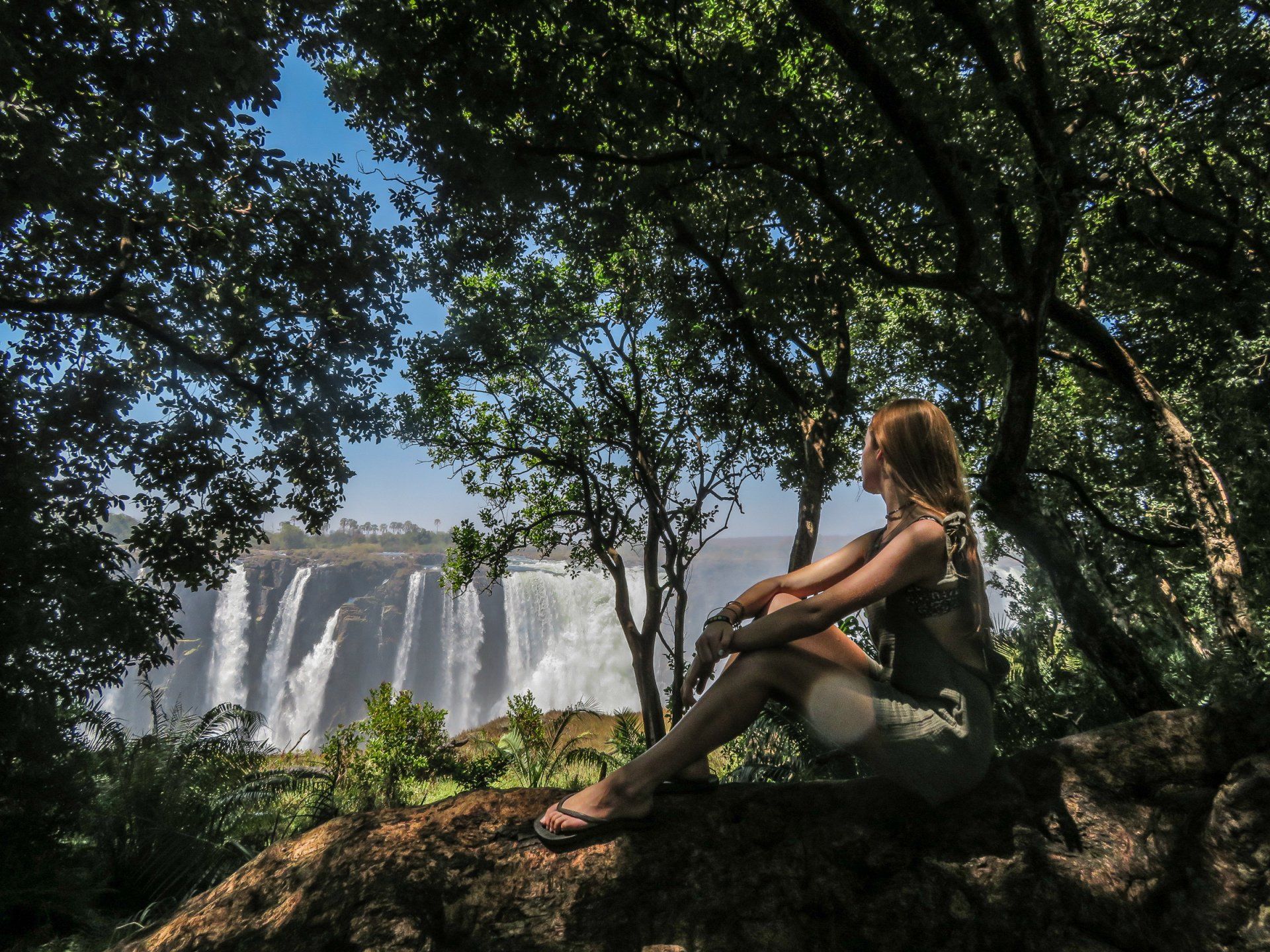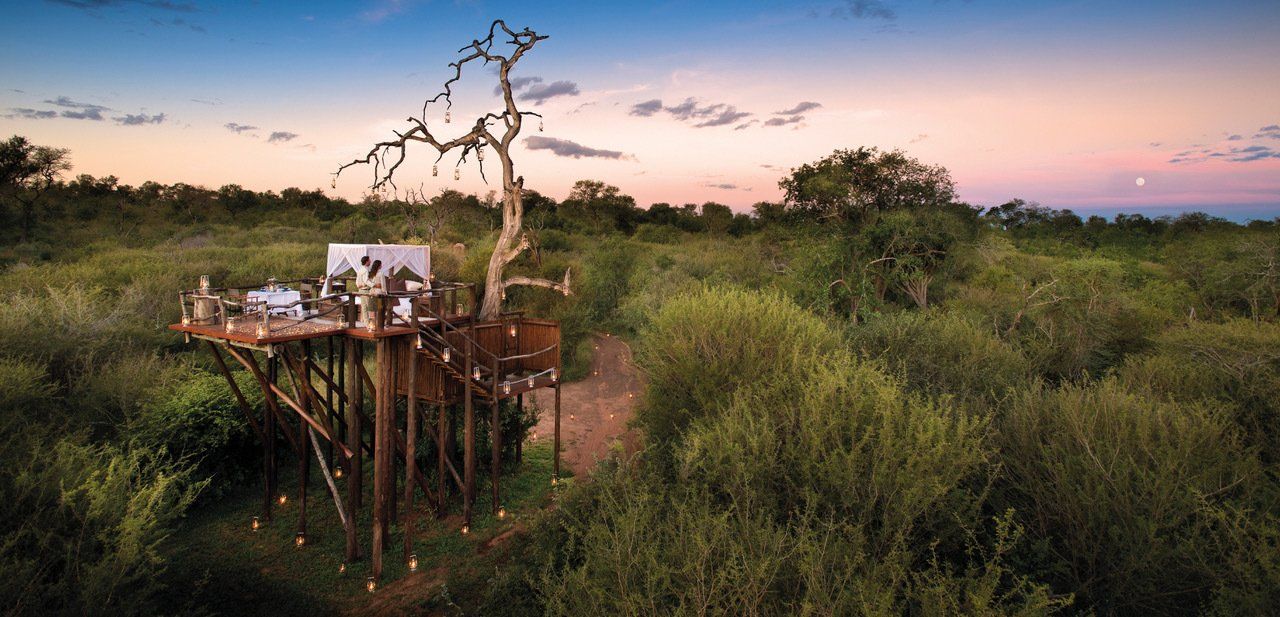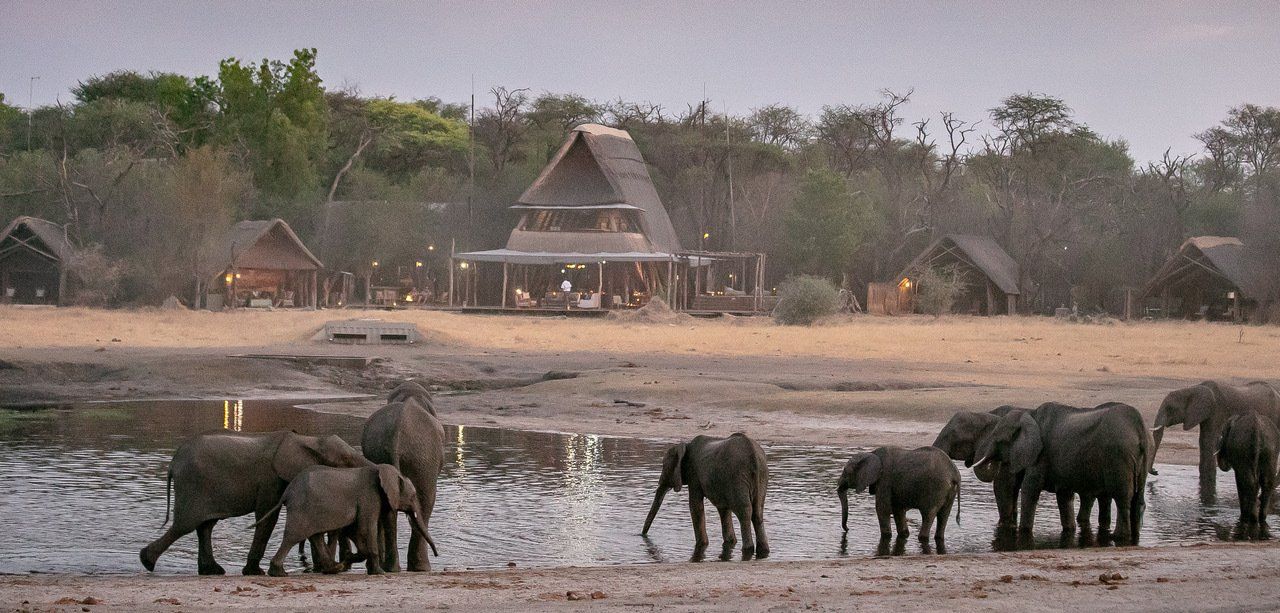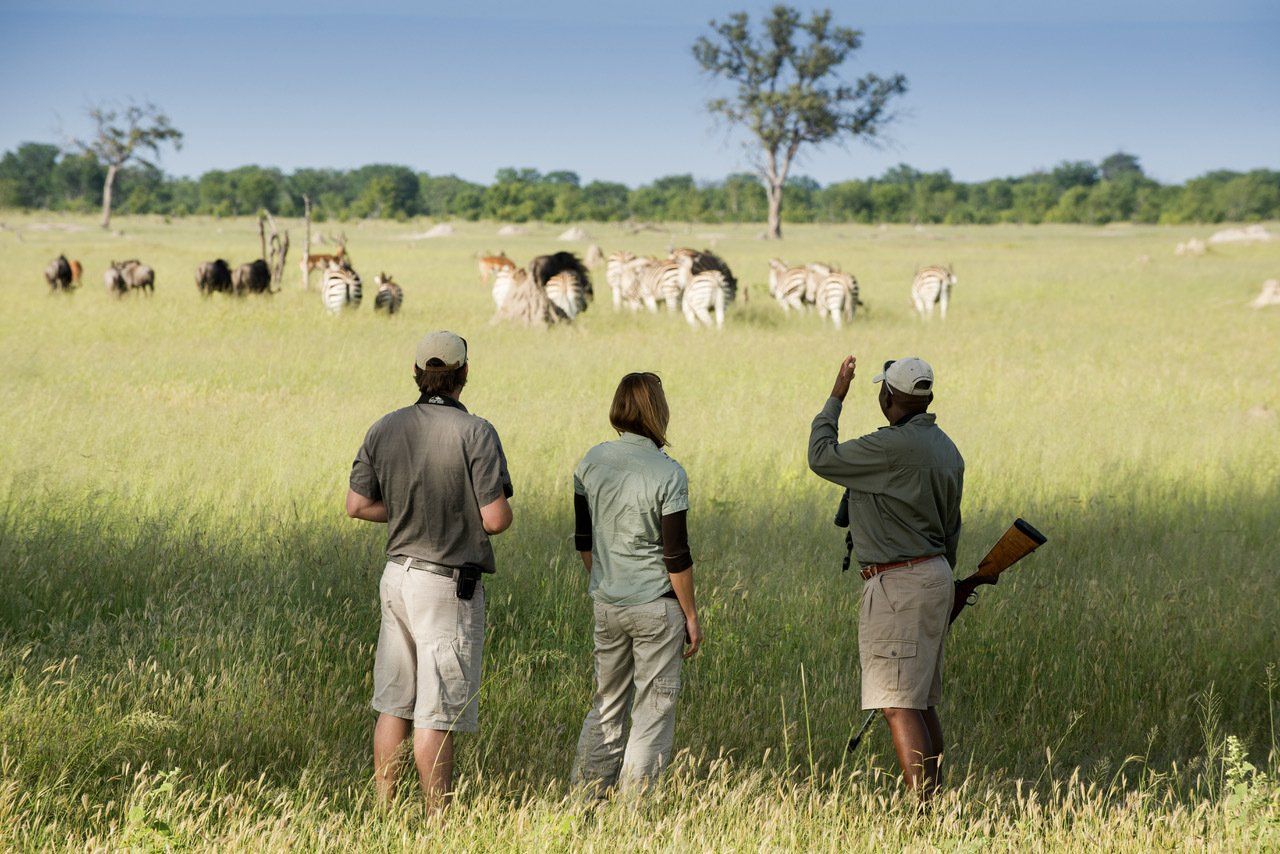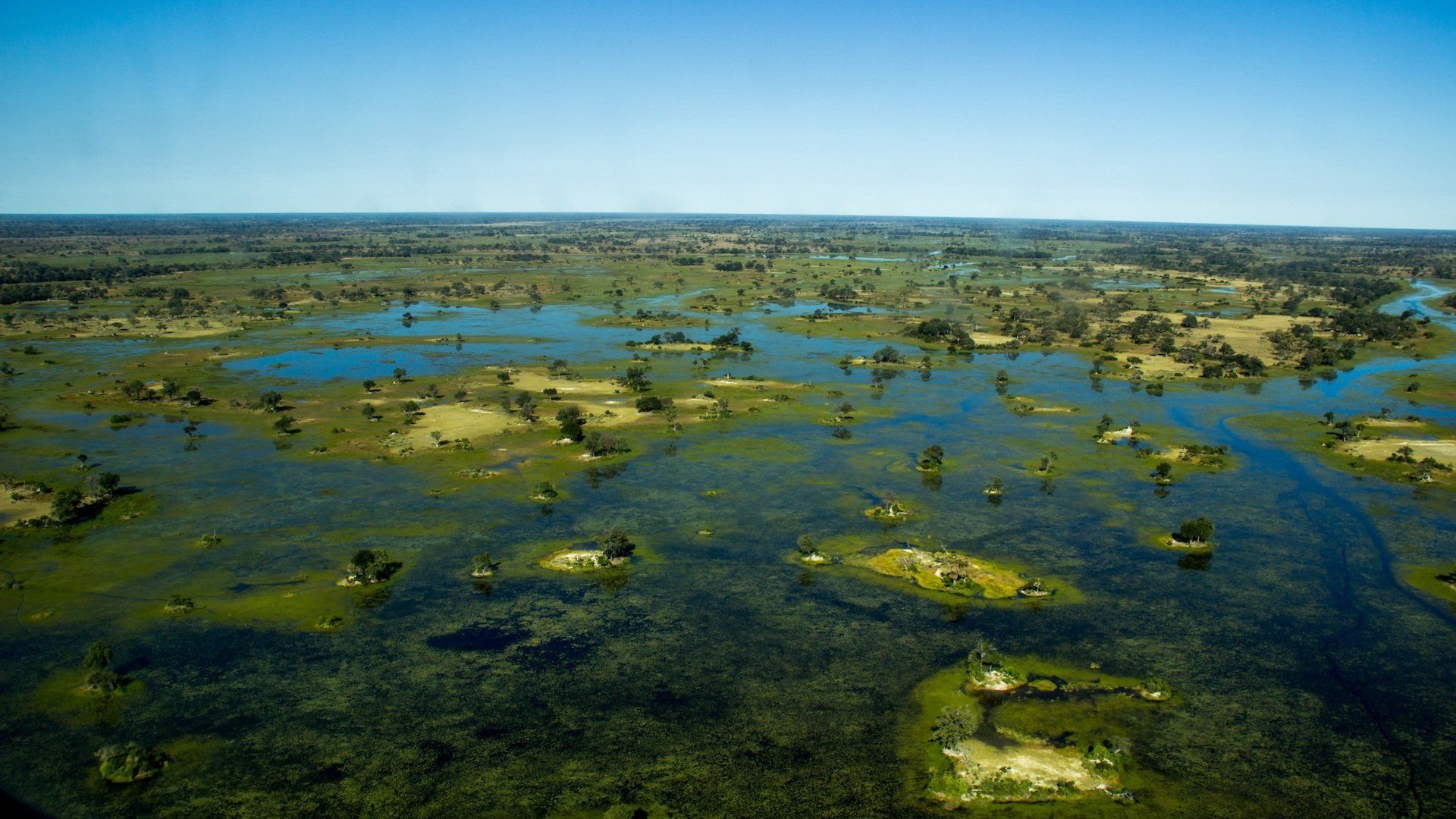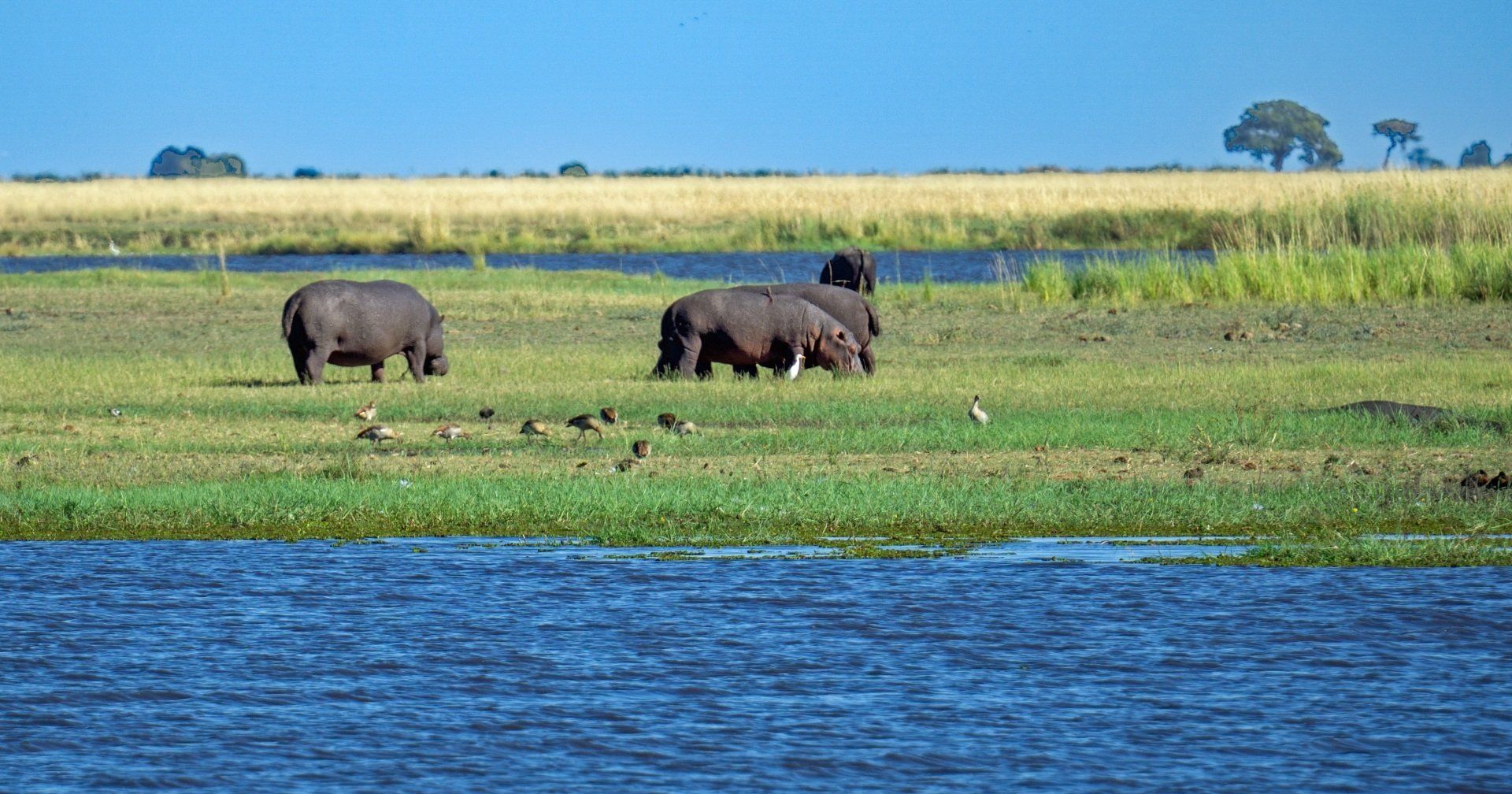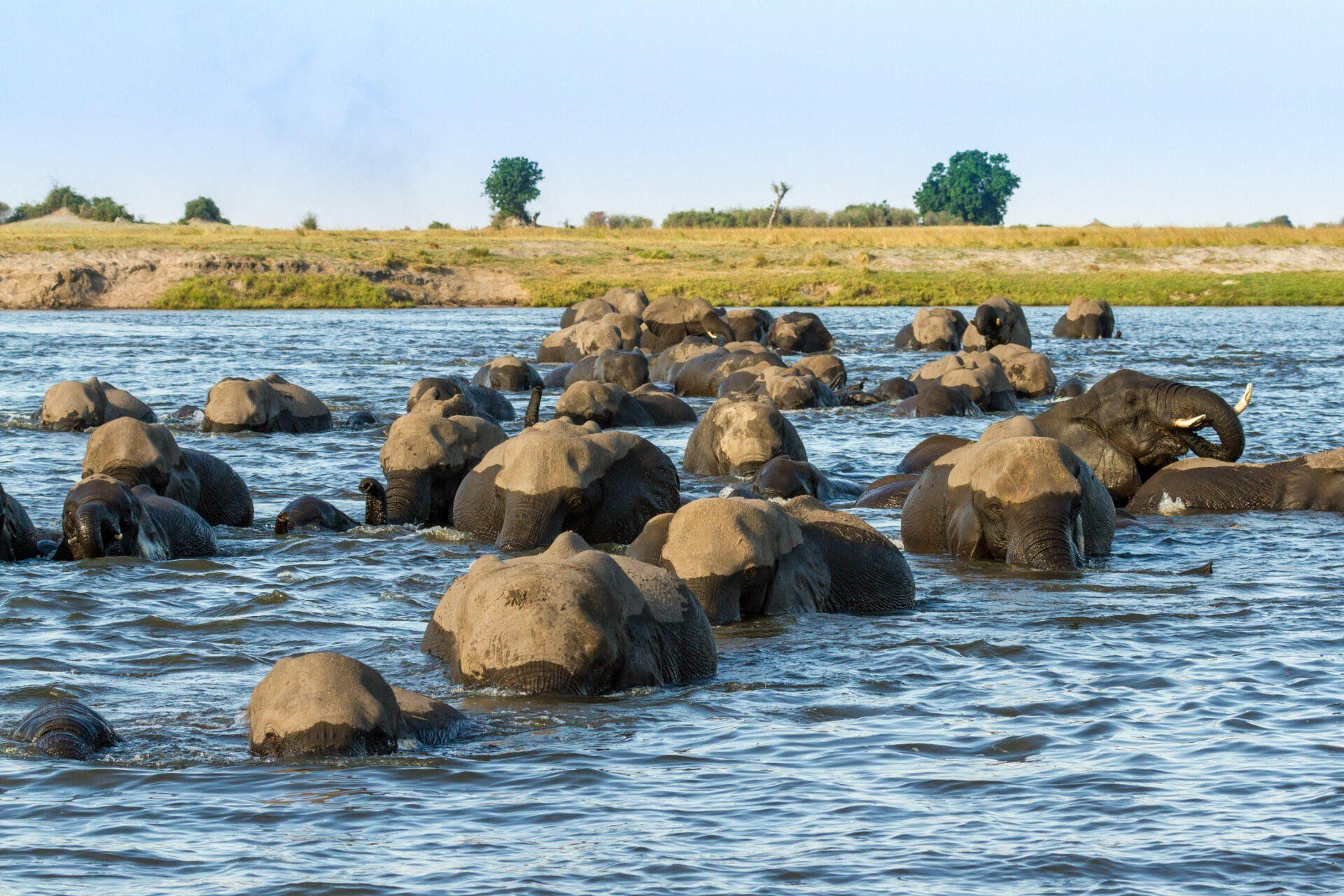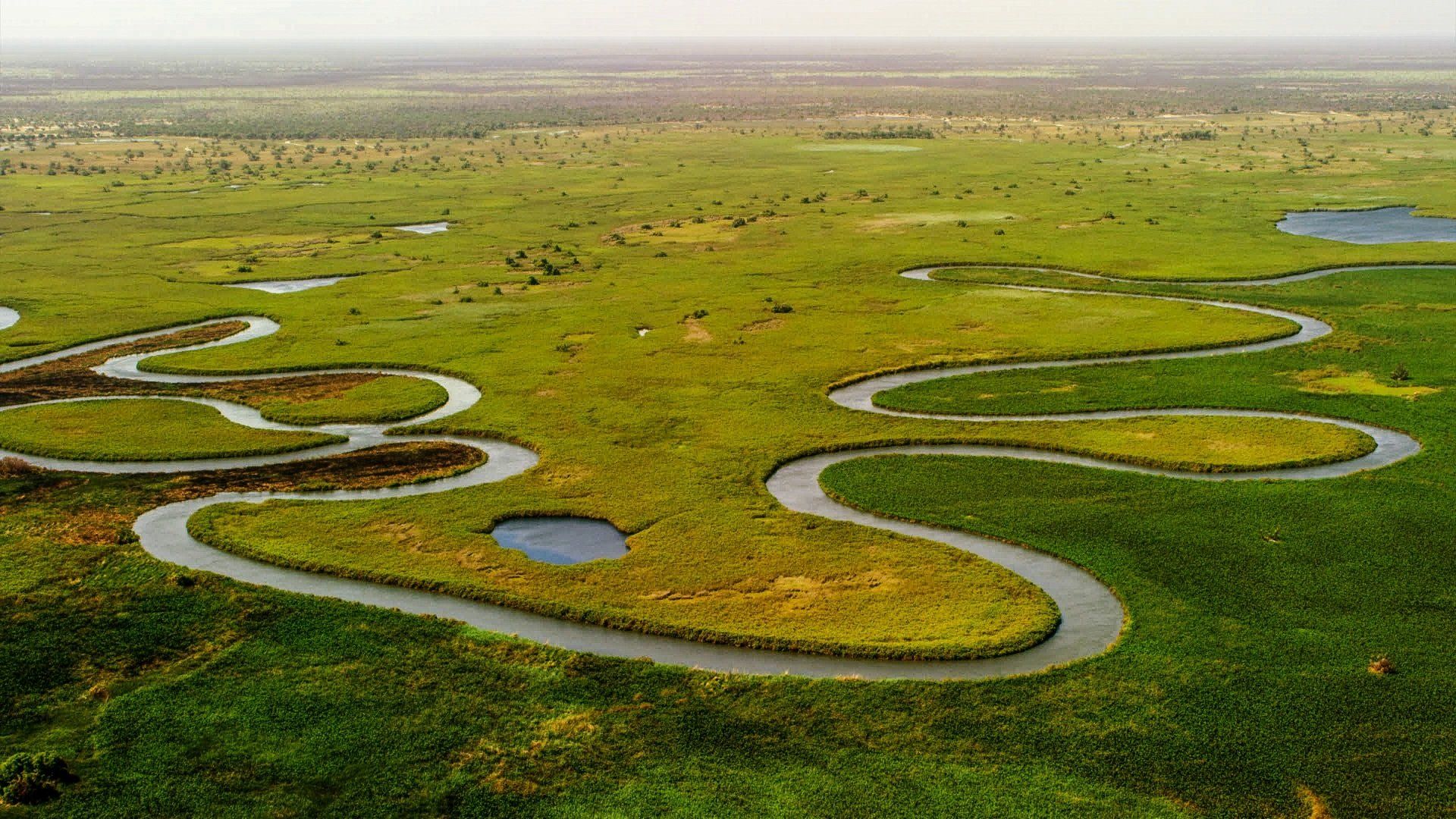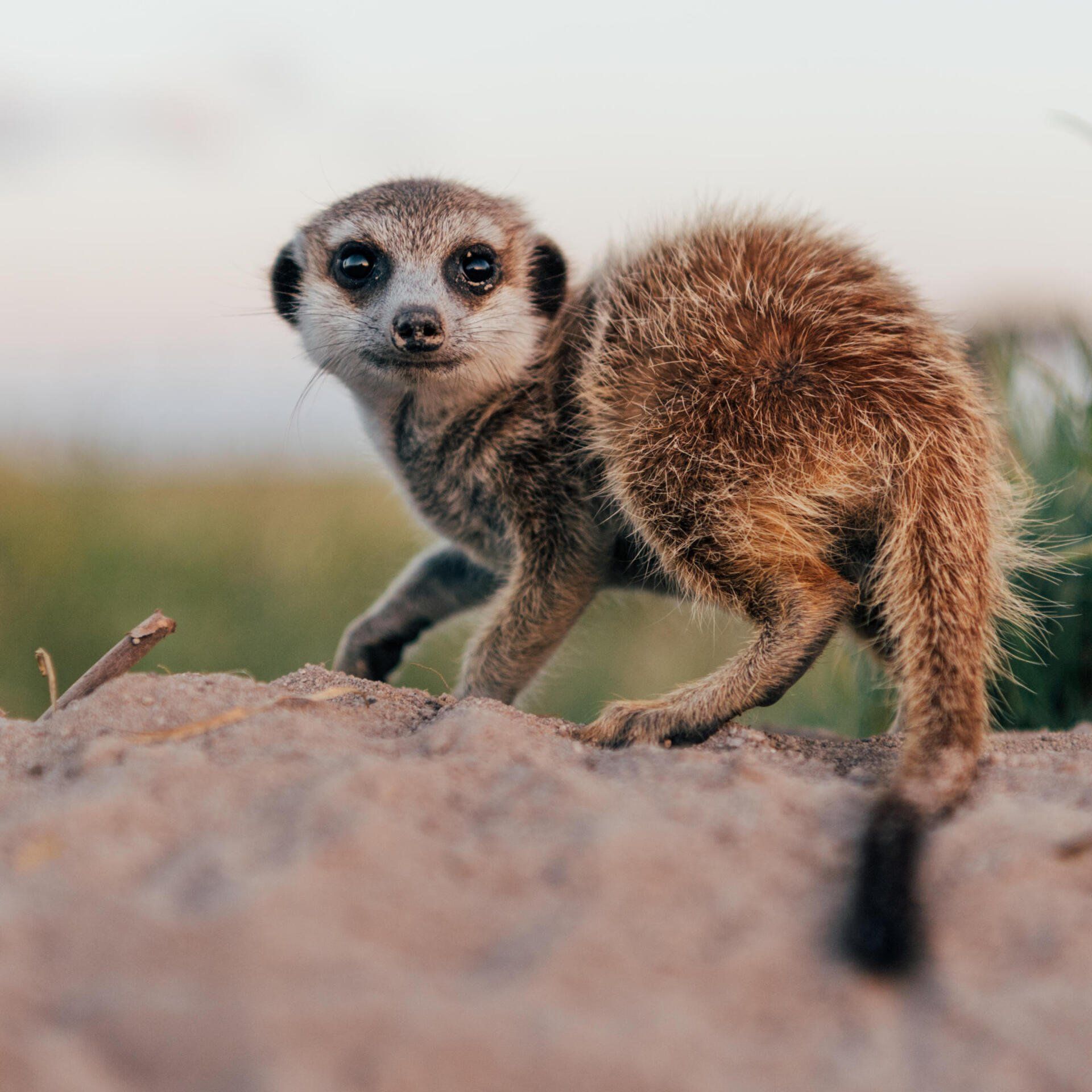A river runs through it...
Discover Eden in Zambia's Lower Zambezi Valley
There's something mesmerising about the Zambezi River. It's one of Africa's largest perennial rivers and is critically important to both wildlife and people, both practically through being a major water source and culturally, being central focal point of ancient tribal traditions and ceremonies along its length.
It's also the namesake of Zambia, the country where the Zambezi springs to life, starting its journey deep in the miombo woodlands of the Mwinilunga region where it emerges from a marshy wetland to be fed by major tributaries like the Kafue and Luangwa along its path east to Mozambique and, eventually, the Indian Ocean.
It plummets over the Victoria Falls and descends to Lake Kariba where it's powerful flow is dammed to produce hydro electric power. Below Kariba Dam, its flow controlled, it enters a massive floodplain, forming a natural border between Zambia and neighbouring Zimbabwe, growing lazy and wide as it snakes its way towards the border with Mozambique in the east and the Mpata Gorge, before it is dammed again at Cahora Bassa.
It's this stretch, between two dams, that is known as the Lower Zambezi Valley - an African Eden that's home to one of Zambia's most beautiful and wildlife-rich regions and one of its best-kept secrets - the Lower Zambezi National Park.
Located opposite Zimbabwe's beautiful Mana Pools, the Lower Zambezi National Park covers just over 4,000 square kilometres, but with its game management areas (GMAs) - community owned buffers zones - the area under protection is increased to some 20,000 square kilometres. The largest and most prominent of these GMAs is the western Chiawa GMA, which, together with the national park itself, is home to some of the best-loved safari lodges and camps in Zambia and Southern Africa.
The Zambezi floodplains stretch for kilometres inland from the river banks, eventually meeting the foothills of the Zambezi Escarpment whose highest peak - Chirapila - dominates the skyline. Huge groves of albida trees (also known as winterthorn or ana trees) along with lush riparian forests along the river and its various channels, backwaters and seasonal tributaties are complemented by open areas of grassland and mixed montane thicket. This diversity of different biomes sets the Lower Zambezi apart and provides for an equally diverse range of wildlife species.
This is where you find huge herds of elephant and buffalo, waterbuck, impala, kudu, zebra and other plains game, with the exception of giraffe, which have never occurred here, largely due to the mountainous topography of the Zambezi Escarpment and the Zambezi itself. There are currently no rhino in the Lower Zambezi but there are plans to reintroduce them. Predators are plentiful here, from lion and leopard to painted wolves (African wild dog) and spotted hyena.
The valley is also paradise for more than 350 bird species. Expect to see fish eagles aplenty, along with other prominent raptors including martial eagles and the elusive Pel's fishing owl. Waders line the river banks and shallows, from storks, egrets and herons to African jacana. African skimmers are also seen here, as are palm-nut vultures, pennant-winged nightjars, southern carmine bee-eaters and Meyer's parrot.
The camps and lodges offer a range of safari activities from traditional game drives and walking to kayaking, fishing and boat-based safari activities from sundowner cruises to morning and afternoon river safaris, visits to the islands for picnics and to bird and fish and visits to a local cultural village.
The safari season in the Lower Zambezi Valley runs from April to November each year. Once the annual rains begin, terrestrial access to the national park and GMA game-drive routes becomes problematic due to waterlogged ground so the majority of lodges and camps close for the rainy season.
Get in touch to find out more about the Lower Zambezi and let us take you there!
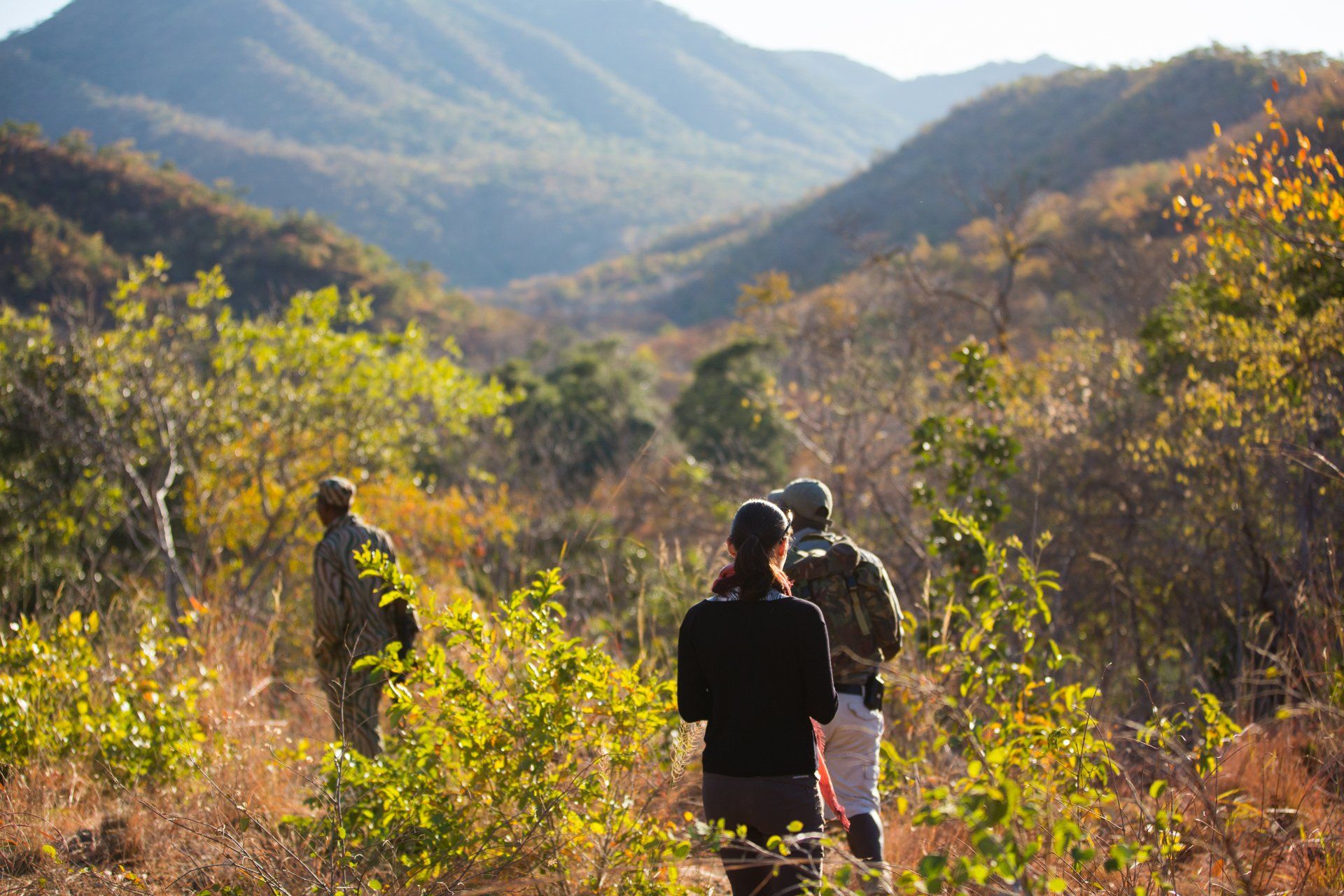
Slide title
Write your caption hereButton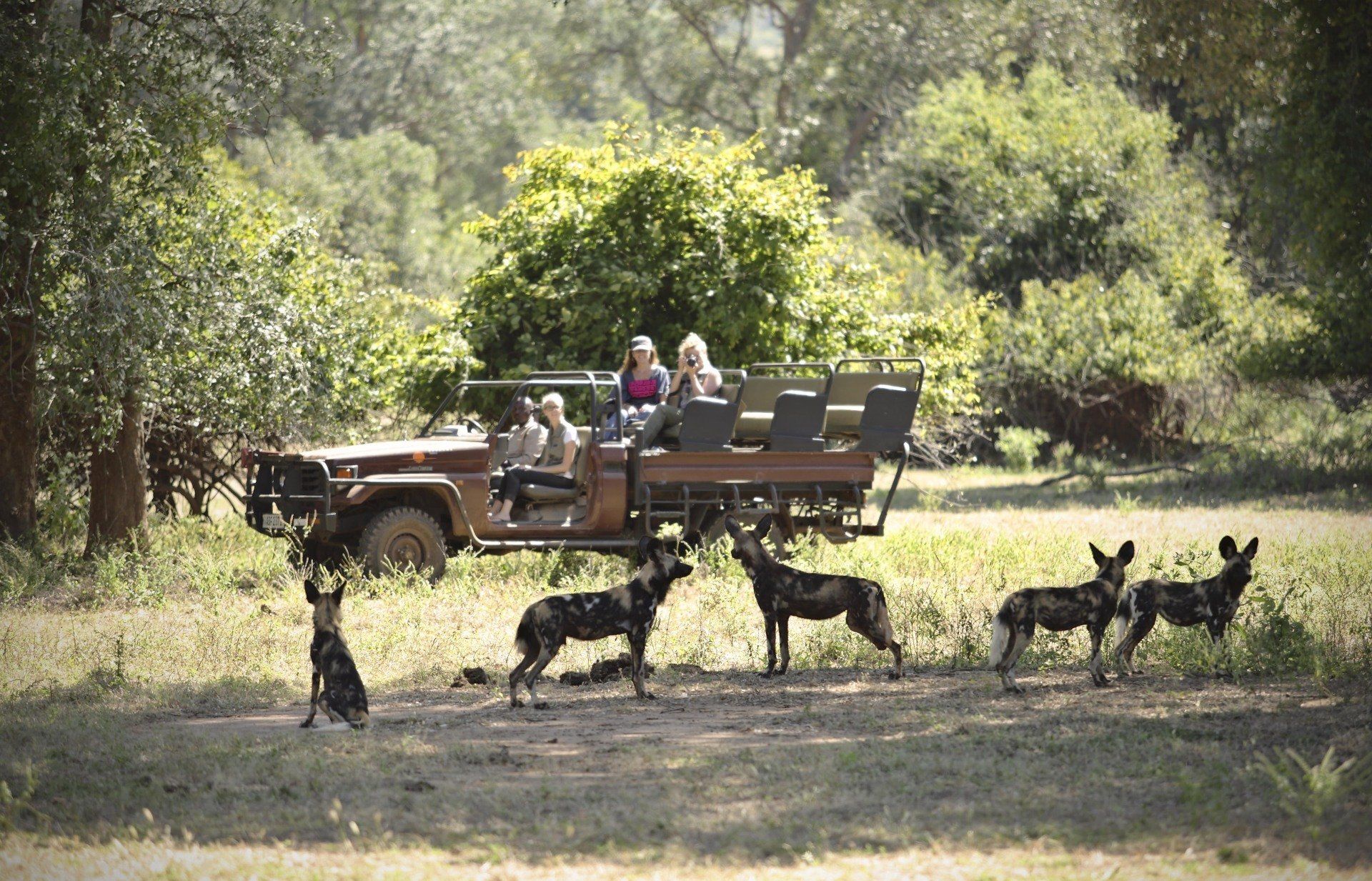
Slide title
Write your caption hereButton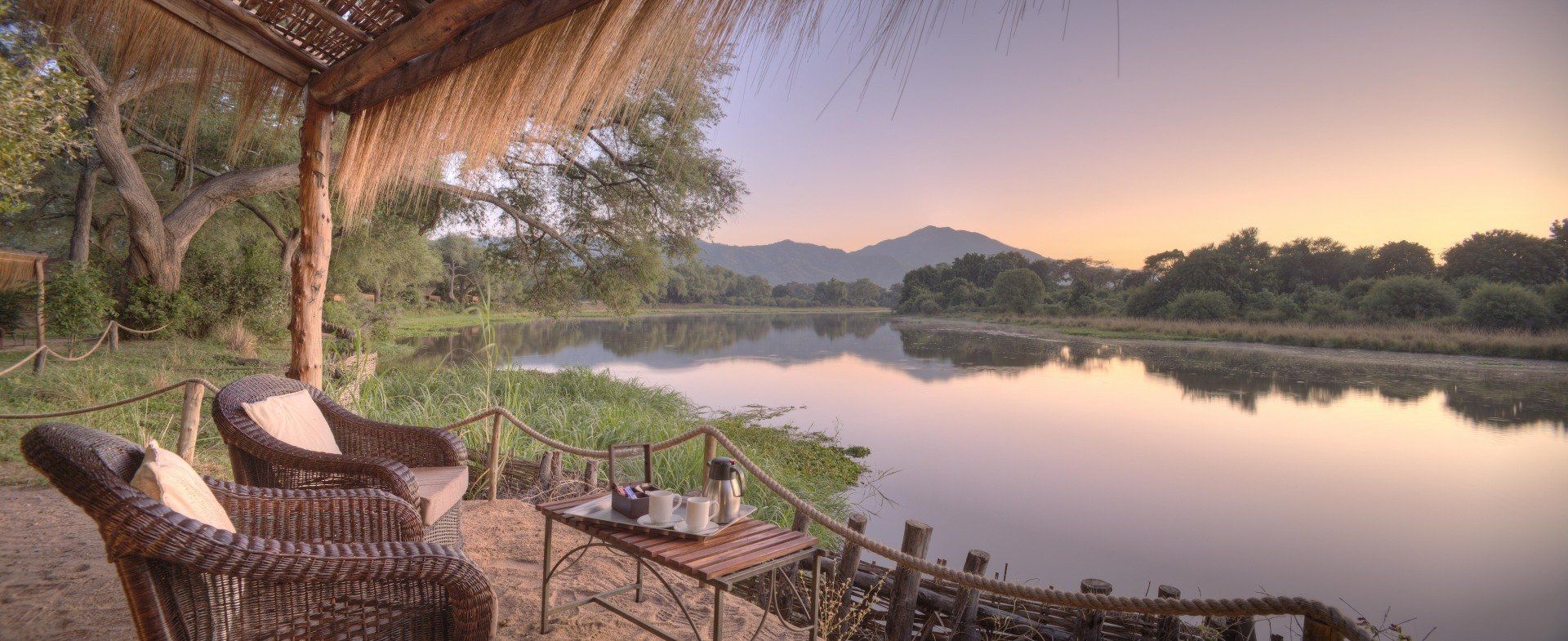
Slide title
Write your caption hereButton
Contact Us
We will get back to you as soon as possible.
Please try again later.
CONTACT US
TOURS & SAFARIS
Menu
Copyright 2021. All rights reserved.
Proudly Designed & Powered by: BlueGoatDigital
© 2021 All rights reserved www.bestafricansafari.tours



